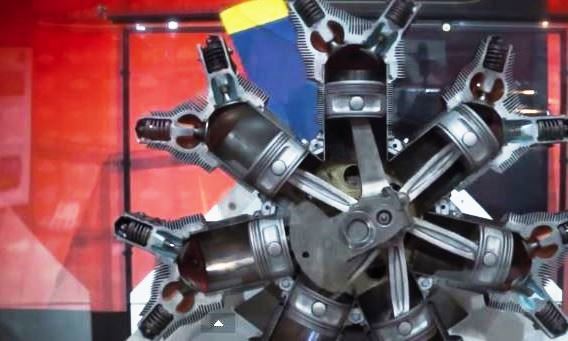As noted in this forum, radials are weird and wonderful engines. Here is a cutaway-in-motion video which does a good job of illustrating crank train motion and firing sequence etc. The animation by Manolis is awesome (It's in the VW radial thread, don't miss it) but probably beyond the reach of a general audience --- this video provides some straight, simple illumination.
VIDEO: How a Radial Engine Works---An Amazing Cutaway in Motion | Mac's Motor City Garage.com
















